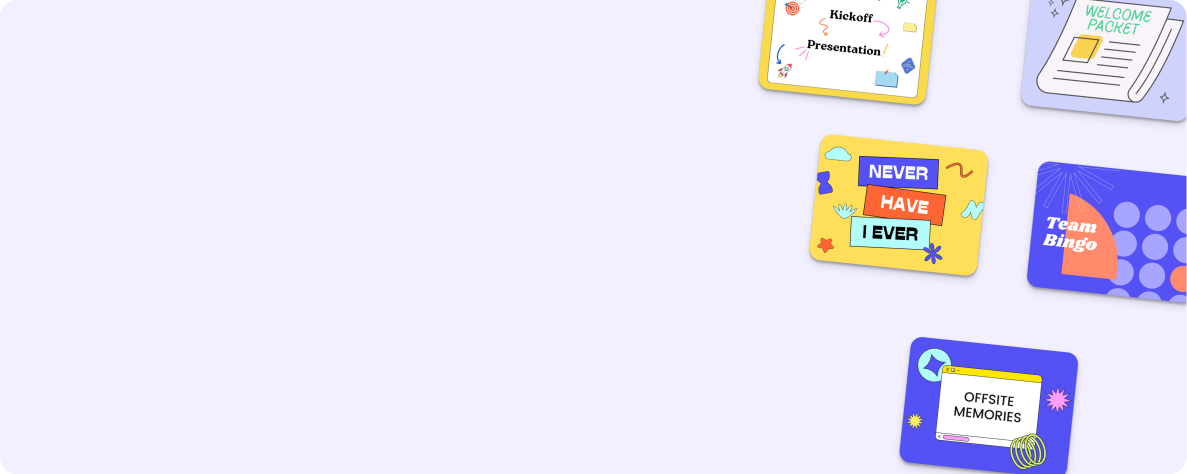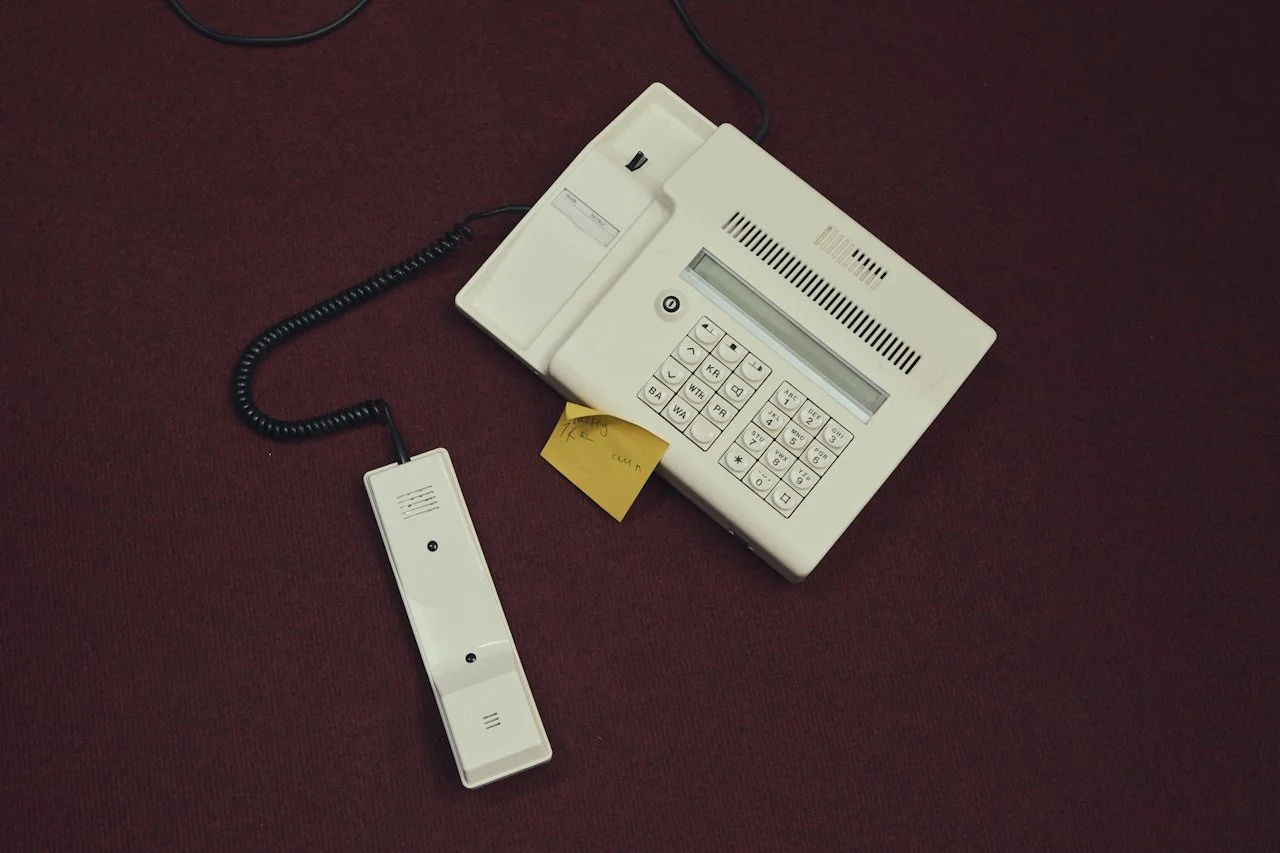Digital teamwork expert Erica Dhawan
Guest posts
Digital teamwork expert Erica Dhawan
BoomPop Team · 3/7/2022If you work remotely, you know this feeling: You’re going about work as usual and getting stuff done with your team, but something just feels off—little misunderstandings, awkward meeting moments, and feeling disconnected from your manager and direct reports.
These daily hiccups actually point to a much more fundamental issue: We have all the tech we could ever want, but have we lost the ability to actually communicate with each other?
We had the incredible opportunity to chat with Erica Dhawan, a bestselling author and leading expert on digital teamwork. Her insights help light the path towards a more productive, inclusive, and rewarding work environment for all of us.
You spend your time working with leaders from impressive organizations around the world. What is the most common question you hear from them these days?
As the hybrid workplace emerges, I notice the same questions keep coming up: How do I keep my remote employees feeling connected to each other and to in-person team members? How do I help people of different ages and working styles who rarely meet in person communicate effectively? And finally, why do my own communications so often seem to miss the mark, producing unintended and anxiety-filled consequences?
Digital tools have altered the way we connect with one another and transformed our understanding of body language. We’re now reading nonverbal cues online and for that, we need to master a new skill — digital body language.
What exactly is digital body language, and how do we know if ours is good or bad?
We rely on body language to connect and build trust with one another, but with most of our communication happening from behind a screen, traditional body language is no longer visible. We now infuse digital body language, which are the cues and signals that make up the subtext of our online messages.
In real life, we smile, nod, and make eye contact to show we’re listening and that we care. Online, reading carefully is the new listening, and writing clearly is the new empathy. Good digital body language builds trust and fosters connection while poor digital body language can create rampant misunderstandings in the workplace. The tricky part is, we often send digital signals and cues we don’t realize, which can cause unintended anxiety for recipients of our messages and potentially damage our work relationships.
Over the next decade, what do you predict will be the hallmarks of a great work culture when so many of us will WFH?
Creating a great hybrid work culture means implementing the four laws of digital body language: Value Visibly, Communicate Carefully, Collaborate Confidently, and Trust Totally. When we value visibly, we are attentive of others and show that we understand and appreciate them. It means honoring other people’s time and schedules and making the effort to communicate the equivalent of a smile or “thank you” across digital channels.
We communicate carefully when we make a continuous effort to minimize the risk for misunderstanding and misinterpretation by being as clear as possible in our words. This means keeping employees and teams informed and up-to-date, and then checking in constantly to support their efforts.
Collaborate confidently means empowering others to respond with care and patience instead of pressing them to respond to everything immediately in a 24/7 workplace. When we collaborate confidently, we are able to manage the fear, uncertainty, and worry that defines the modern workplace. Finally, with trusting totally and developing an open team culture, where everyone knows they are listened to and can ask for help, we establish 360-degree engagement in a hybrid workspace.
Lots of companies permanently shifted to a hybrid model this year. What is the most common mistake you’ve seen companies make during this transition?
With some employees in the office and others working from home, conducting inclusive hybrid meetings has been a common challenge for many companies. Here are some of my tips for running successful live meetings with remote participants: Ensure virtual attendees feel as valued as the team members in the conference room by having a remote co-host and in-person that will co-facilitate the dialogue and rotate the agenda.
Keep the power of the chat tool to collect opinions and call on participants with different ideas to speak up. Lastly, for remote attendees, point the camera to the team members in the room, so they can see others’ body language.
Let’s say my team has just transitioned to a hybrid model. What are some practical things I can start doing to build trust and encourage good communication habits?
I would advise to start with establishing unambiguous digital communication and collaboration expectations with your team. From the structure of an email, to the digital medium, to the response time, to everything in between, creating clear norms will reduce misunderstandings and enable you to lead with more clarity in a hybrid office. As in-person and remote team members communicate back-and-forth online, you won’t worry about important and urgent messages getting lost and never answered.
What is the single most important skill leaders must have in this new reality?
As the workplace becomes increasingly digital, it’s more important than ever for leaders to master the skill of digital body language. One leader told me that simple changes in her digital body language not only transformed the communication in her entire organization, but it also enhanced the customer experience that she was able to provide from afar. Understanding the nuances of digital body language reduces widespread misunderstandings, fosters a sense of inclusion and belonging, and flattens the differences across genders, generations, and cultures in the workplace.
What does the shift to remote work mean for the development of our careers? What advice do you have for people just starting out vs. people adapting from in-person to remote environments?
With the shift to remote work, new hires are forced to learn their roles and meet their coworkers for the first time in a completely unprecedented setting. While there is endless advice on developing your career, most of it is based in the traditional office and thus, outdated. Whether you’re a graduate starting a new position or a team member who is adjusting to remote work, here are a few tips to finding success in a hybrid workplace.
1. Send a Digital Check-in and Evening Round-up
This is the modified digital version of the classic advice: arrive first and leave last. Stand out to your manager by sending an email or Slack message in the morning that outlines your plan of action for the next several hours. At the end of the day, reply with an update on your projects and ask if there’s anything you can help senior team members with before the morning.
2. Network using Slack Channels
Making new friends is already challenging and without the traditional office water-cooler, it can be difficult for new employees to form authentic connections with their teammates. To help, many companies have created Slack channels for different interest groups, such as #Netflix or #Yoga. The more actively you engage in these interest channels with other members, the sooner you’ll be making “work” friends.
We hear a lot about the challenges of remote work. What do you find most exciting about remote work?
While the downsides to digital life are real, they are also balanced by more positive things. Today, it’s easier for introverts to have their voices heard across various digital mediums and for extroverts to find social connection and ideas shared from multiple sources to help them thrive. The digital dependent workplace allows many of us to show what we’ve been made of all along and gives us the opportunity to access a much broader diversity of perspectives and ideas.
Please help us. How many exclamation points is the right amount of exclamation points in an email?
The exclamation point serves as a text-based version of the nods, smiles, and laughs of traditional body language. They have become so obligatory in emails that you risk coming off as brusque or cold if you fail to use them. But using too many can be interpreted as false enthusiasm. From my experience, using 1-2 exclamation points in an email conveys excitement without being seen as phony. With exclamations, it’s safer to err on the side of minimalism.
Erica Dhawan is an award-winning keynote speaker and author of the Wall Street Journal bestselling book Digital Body Language Digital Body Language.
While digital tools have transformed communication, there's unparalleled value in face-to-face interactions. Our onsite event planning services, enhanced by next-generation software, facilitate meaningful in-person experiences that complement your digital teamwork strategies.
Enhance your team's digital collaboration with complementary in-person experiences. Schedule a free consultation with our event planners to bridge the gap.




















